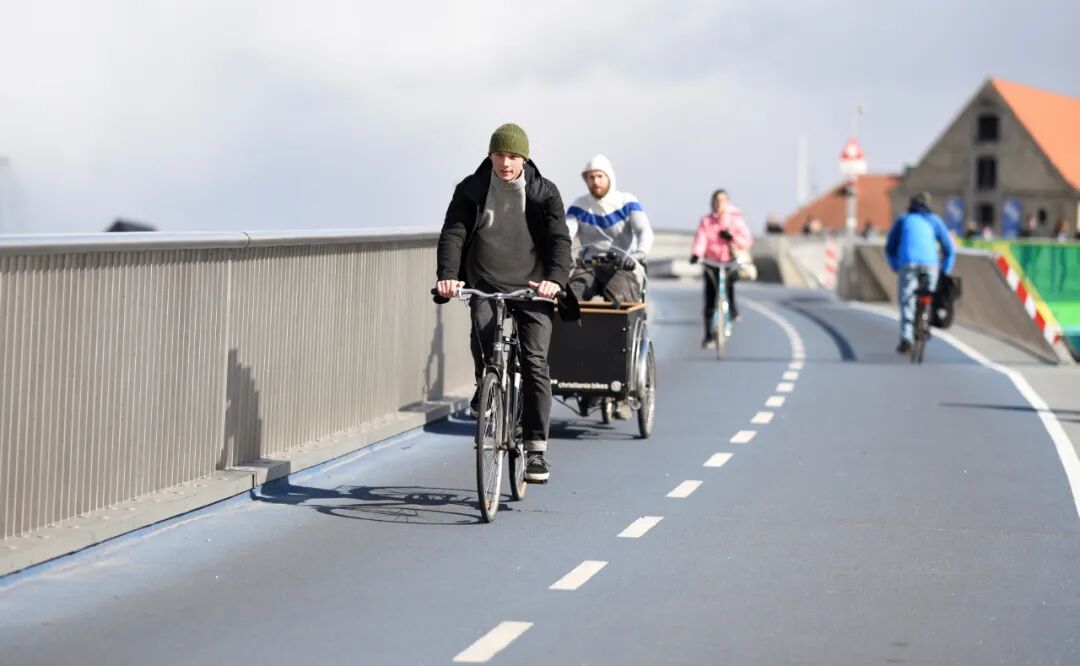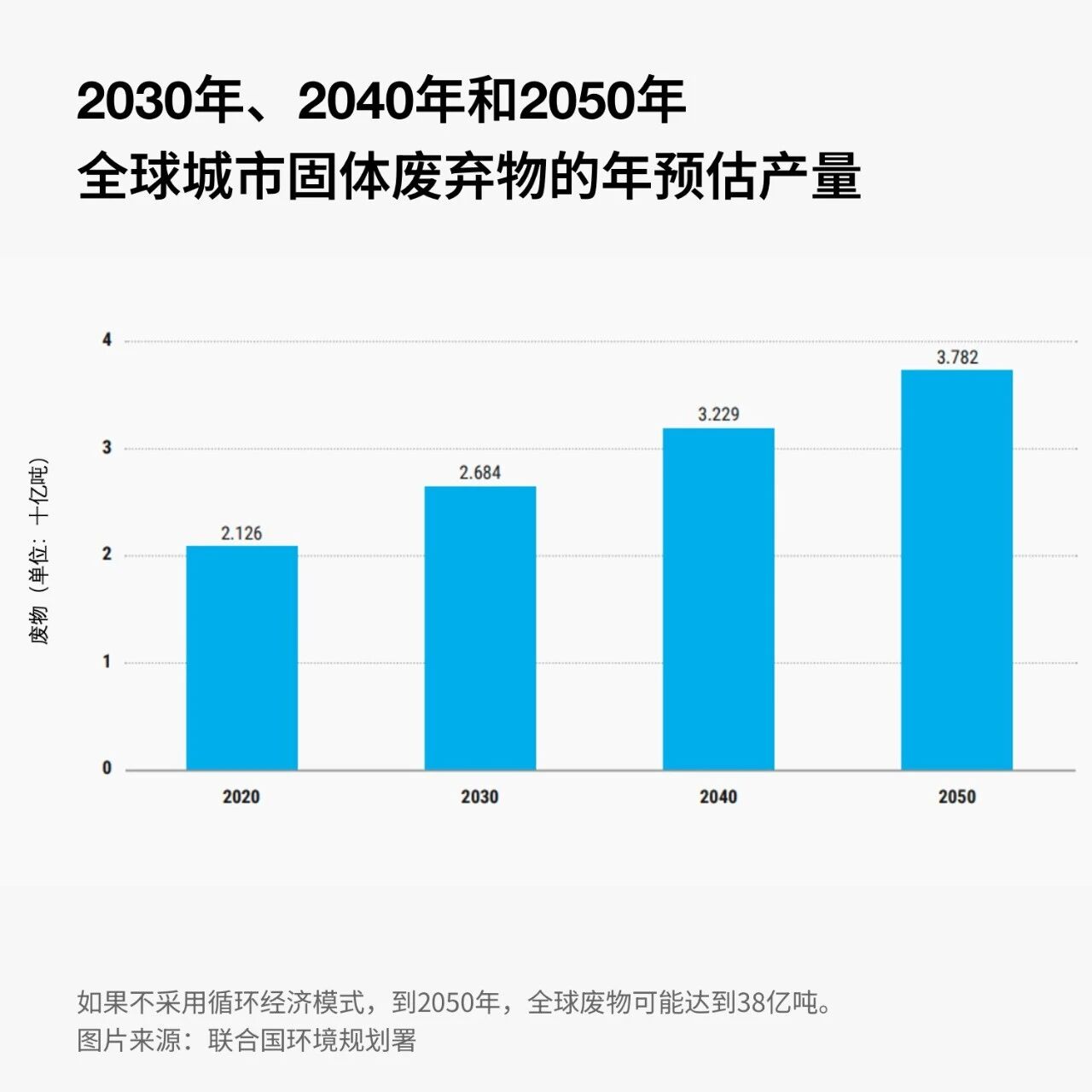

Urban bicycle infrastructure promotes health.
Image source:Reuters / Fabian Bimmer
Anu Devi
Head of the World Economic Forum’s Urban Transformation and the G20 Smart Cities Alliance
Federica Alberti
Director of the Technogym Health Foundation
Non-communicable diseases claim the lives of tens of millions of people each year.
Increasing evidence suggests that health-focused smart city designs hold the potential to reduce this number.
Evidence from Italy and Denmark shows that urban planning can effectively reduce the incidence of disease and improve overall health outcomes.
The intentional design of our living environments significantly influences health outcomes on a large scale. To understand this, we must first recognize the nature of chronic health issues. Non-communicable diseases (NCDs)—such as cardiovascular diseases, cancer, chronic respiratory conditions, and diabetes—are among the leading causes of death worldwide.
In 2021, there were43 million people die from non-communicable diseases., equivalent to 75% of non-pandemic-related deaths, and additionally18 million people die before the age of 70.There is evidence suggesting that82% of premature deaths occurIn low- and middle-income countries, these diseases not only result in loss of life but also lead to long-term health problems and a decline in quality of life.
If current trends continue, the economic burden of non-communicable diseases could reach by 2030$47 trillion, which will hinderEconomic development, andIt has increased healthcare costs and productivity losses, thereby deepening poverty.Addressing the growing challenge of non-communicable diseases depends in part on how we rethink the environments we shape and implement interventions that foster healthier outcomes. SinceNon-communicable diseases are often linked to behavioral and environmental risk factors.(For example, lack of exercise, poor diet, and air pollution) Relevant, therefore,By integrating health-focused design into urban spaces, we can fundamentally transform people’s lifestyles—and help make "healthy living" the new normal.
Transforming cities to make "movement" a part of everyday life
Creating and transforming spaces that support physical activity is essential. Cities with well-developed walking and cycling infrastructure can encourage residents to naturally incorporate exercise into their daily lives.
Studies show thatBuilding bike lanes helps reduce obesity rates and the incidence of hypertension.,And highly connected neighborhoods, parks, as well as a convenient public transportation system,Can help residentsAchieve up to 60% recommended physical activityAmount.
In Copenhagen,49% of the topCommute to and from work is entirely done by bicycle, with residents cycling a certain number of miles each day.Totaling approximately 1.44 million kilometersBicycle-friendly urban design integratesQuiet streets, dedicated bike lanes, greenways, and cycling paths separated from motorized vehicle lanes—by reducing speed limits and connecting multiple off-street greenways, cities are transforming cycling into a practical and efficient lifestyle.
In Italy, the Emilia-Romagna region has a population of around 1.1 million and has consistently been at the forefront."Health Valley"Project. This multi-stakeholder initiative tackles chronic health risks through a social innovation model,Promote urban planning and design to boost residents' physical activity.For example,The Rimini area introduces car-free zonesRebuiltCoastline, making it more suitable for walking and cycling. Adults in this valley are healthier than those in other regions of Italy.Activity levels are 10% higher. Additionally, 23% of residents in the valleyWalk or bike every day, andThe national average is only 10%.
While more data is still needed to accurately assess the specific impact of these initiatives on chronic diseases and overall well-being, existing evidence already suggests that this approach is effective.
A oneA study covering 14 cities across 10 countries/regionsIt was found that residents living in conveniently accessible communities engage in 68 to 89 minutes more weekly physical activity than others. AnotherResearchIt was found that residents living in areas with easy pedestrian access have a lower average obesity rate: just 43% of residents in communities with high walkability are obese, compared to 53% in neighborhoods with low walkability.
Urban design embraces nature
When designing urban spaces, prioritizing nature is also crucial. Urban green spaces can bring aboutMultiple health benefits: promotes physical activity, reduces stress, and encourages social interaction. While the impact of green spaces in urban environments varies, they can also help filter pollutants.And produces oxygen to improve air quality, thereby reducing respiratory-related issues.Non-communicable diseases
Being close to nature can provide relief.Mental health disorders, enhanceCognitive functionAndRelieve daily life stressEarly exposure to green spaces for children aged 4 to 6Can enhance visual recognition skillsand memory, while also reducing the incidence of ADHD. Additionally, moving from areas with lower greenery to those with higher green coverage results in…Mental health will also improve.
Some cities and planners are deliberately integrating nature into their designs.SingaporeWith its comprehensive park and green rooftops, showcasing how urban planning supports outdoor activities. Similarly,The High Line Park in New York CityAlso exempt from demolition, andBuilt along a historic freight railway line, it has now becomeA green space that combines walking, socializing, and biodiversity.The park has been redesigned, with new additions introduced.The garden, along with the reintroduction of local wild plants.
A comparative study of the High Line Park and the pedestrian walkway beneath it found that,In terms of air and noise pollution factors,Factors contributing to poor health status vary significantly (37%).Residents in high-line areas experience significantly lower levels of exposure to harmful particulate matter like PM2.5 and noise pollution.
In Italy's Health Valley, major cities are working hard to open up nearly all urban green spaces—such as city parks, botanical gardens, complementary green areas, and outdoor sports zones—to residents. For instance, 92% of Cesena’s green spaces are already accessible for public use.It has become an indispensable part of daily life for citizens, going far beyond being just a visually appealing embellishment.
Health data should become the benchmark for urban planning.
Currently, measuring health impacts in urban planning is still not standard practice. However, gathering real-world data on how urban design directly or indirectly affects health and well-being is essential forOn understanding the impact of urban planning on public healthCrucial.
By systematically collecting and analyzing impact data, urban planning projects can identify the link between sports facility design and natural well-being.This evidence-based approach supports scientific decision-making, helps clarify priority directions, and enables the design of urban environments that maximize health benefits—while also fostering positive social and economic impacts. Such data can further guide resources and investments toward scaling up effective interventions.
The Road Ahead
Consciously designing our urban environments holds tremendous potential to improve health outcomes. By scaling up health-focused urban planning and preventive interventions, cities can pave the way for a healthier future for everyone.
This means we must reimagine and fully leverage urban planning, placing health at the very heart of it. Cities should be designed in a way that makes walking, cycling, and connecting with nature the "default choices" for people.
Health-oriented design must be prioritized,Promote collaboration,Invest in urban interventions that genuinely improve health outcomes. Only then can we enhance population health and alleviate the social and economic burden of chronic diseases worldwide.

The above content solely represents the author's personal views.This article is translated from the World Economic Forum's Agenda blog; the Chinese version is for reference purposes only.Feel free to share this in your WeChat Moments; please leave a comment at the end of the article or on our official account if you’d like to republish.
Editor: Wan Ruxin
The World Economic Forum is an independent and neutral platform dedicated to bringing together diverse perspectives to discuss critical global, regional, and industry-specific issues.
Follow us on Weibo, WeChat Video Accounts, Douyin, and Xiaohongshu!
"World Economic Forum"


